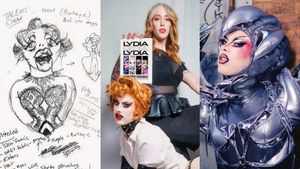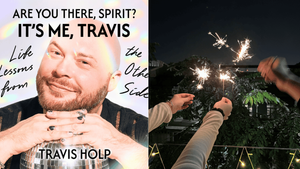Arts & Entertainment
Tamara Podemski is on a hero's journey in Outer Range season 2
Tamara Podemski is on a hero's journey in Outer Range season 2

Prime Video
Tamara Podemski in 'Outer Range' season 2
Prime Video's neo-Western series, starring Josh Brolin, digs deeper into the story of its gay Native American sheriff.
May 17 2024 11:37 AM EST

 Prime Video
Prime Video Prime Video
Prime Video

































































Charlie Kirk DID say stoning gay people was the 'perfect law' — and these other heinous quotes